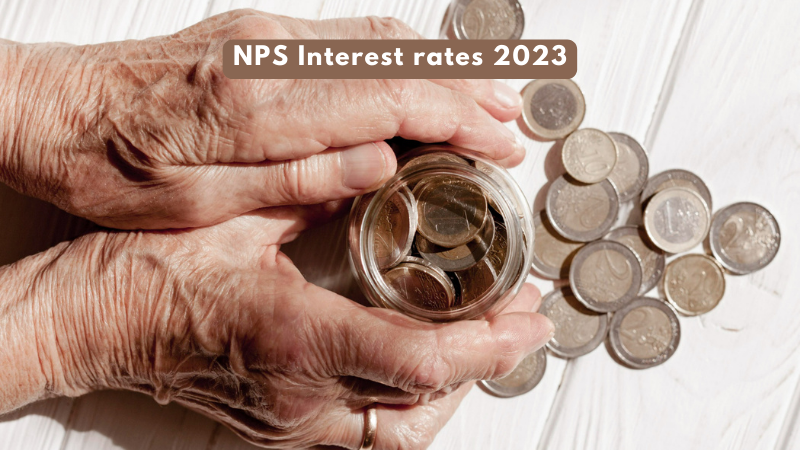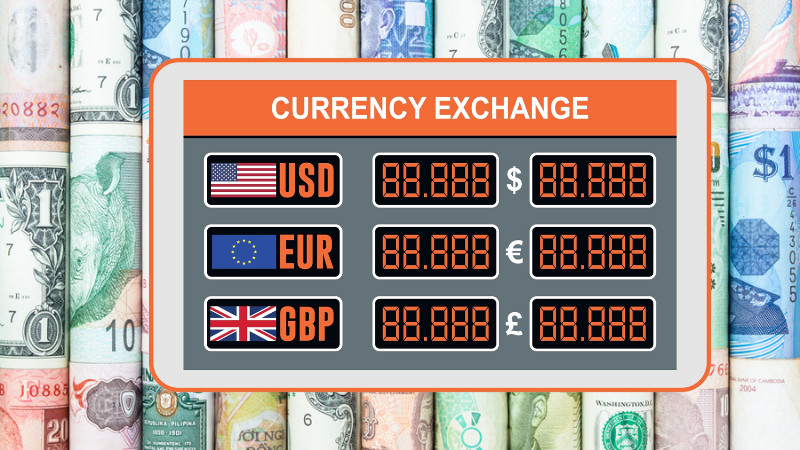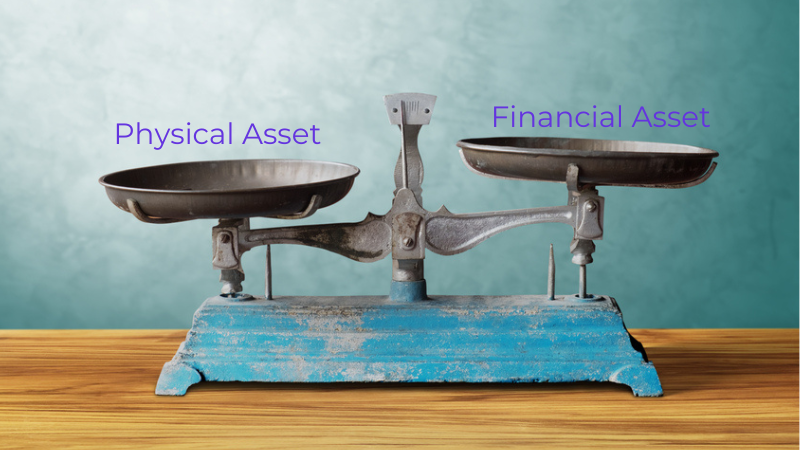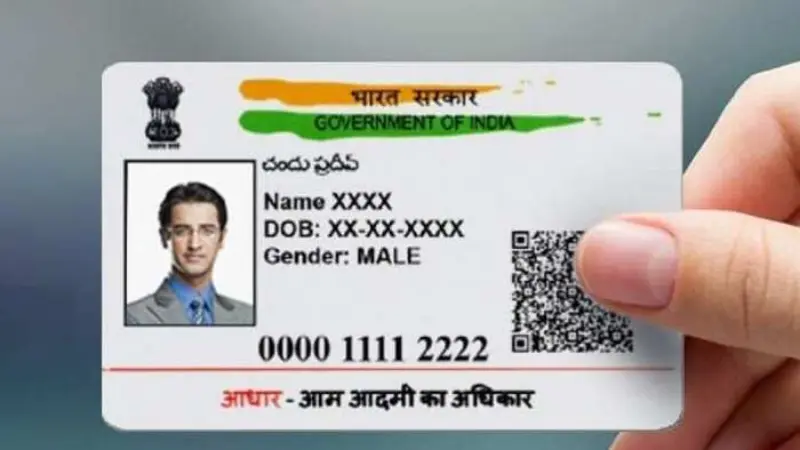
EPFO came into force in 1952 and was set up to provide a retirement solution to the citizens of the country. Under the EPF scheme, employees contribute a portion of their salary to a provident fund account, and employers also make a matching contribution. The EPFO manages these funds, which can be withdrawn by employees at the time of retirement, resignation, or in certain other circumstances, such as medical emergencies, education, marriage, etc. Apart from the provident fund, EPFO also manages the EPS where members get a monthly pension post retirement.
As per the Supreme Court Order of November 2022, members can opt for a higher pension under the EPFO subject to certain eligibility conditions. The deadline to apply for this higher pension was May 3rd, 2023 which is now extended to 26th June 2023.
Here is all you need to know on the higher pension scheme of the EPFO and if members should opt for it.
What is the Higher EPFO Pension Scheme?
According to a November 2022 Supreme Court ruling, the Higher EPFO Pension Scheme allows EPFO employees to choose a higher pension. This is applicable to employees who have been part of the Employees’ Pension Plan for at least 10 years and are between the ages of 50 and 58.
By transferring the difference between their pensionable salary and the existing pension amount from the PF fund to the pension fund, employees will receive a higher monthly pension based on their actual salary, rather than the Rs.15,000 cap. However, this will result in a lower PF account balance, and employees must provide supporting documents and consent to a share adjustment from PF to EPS. Additionally, they will not be eligible for any lump-sum payments from the EPS.
Who can apply for a higher pension under EPFO? How is it calculated?
EPFO has specified the following categories of employees who are eligible for a higher pension:
- Employees who retired before 01/09/2014 and exercised the option for a higher pension under para 11(3) of the EPS-95.
- Employees who retired before 01/09/2014 and were eligible for a higher pension under para 11(3) of the EPS-95, but their option was rejected by the EPFO.
- Employees who made pension contributions above the maximum limit of Rs.5,000 or Rs.6,500 and retired before or after 01/09/2014.
- Employees who are currently working or retired after 01/09/2014 and were members of the EPS-95 but did not opt for a higher pension.
- Employees who made pension contributions above the maximum limit of Rs.5,000 or Rs.6,500 and are currently working or retired after 01/09/2014.
The EPS pension calculation is based on the following formula.
Monthly pension = (Pensionable salary X pensionable service)/70
The pensionable service is the period during which the employee has made contributions to the EPS account and is calculated as the average of the employee’s salary for the last 60 months.
In cases where an employee retires at the age of 58 after contributing for more than 20 years, an additional 2 years of weightage will be given to the pensionable service period. However, the maximum pensionable service period is limited to 35 years.
How to apply for a higher pension under EPFO?
The steps to apply for a higher pension through the EPFO portal are given below:
- Visit the EPFO website using the link https://unifiedportal-mem.epfindia.gov.in/memberinterface/
- Members will have to select the option “Pension on higher salary: Exercise of joint option under Para 11(3)and para 11(4) of the EPS-1955 on or before 26th June 2023.
- They will be taken to a new page where members will be required to enter basic details like UAN, Name of the member, Date of Birth, Aadhaar Number, and Aadhaar Linked Mobile Number.
- After entering the Captcha code, they will receive an OTP which will be used to validate the data input by the members.
- After successful submission of the application, members will get an acknowledgment number that can be used to track the application status
What are the bottlenecks and why was the last date revised?
The Supreme Court order was issued in November 2022 and the EPFO had requested 4 months to implement the order as well as iron out the nitty gritty to put it into effect. However, despite the deadline for the same being pushed twice, the EPFO is yet to clarify certain key issues pertaining to the order. This includes the replacement mechanism for an additional 1.16% contribution.
EPFO also has to bring clarification to the Kerela High Court Order dated 12th April 2023 which asked the organisation to not insist on the proof and documentation as laid by them which ultimately made the process of applying for the higher pension difficult. Other issues creating ambiguity around higher pensions are the methodology to compute the higher pension regarding how dues will be calculated and if a member wants to opt out of it after applying for the same, will they be allowed to do so. These issues are important in making the decision to opt for the higher pension offered by EPFO and the organisation is yet to issue a circular or a direction to resolve these issues.
Keeping all these issues in view, the last date to apply for a higher pension is revised to 26th June 2023 to enable members a further opportunity to evaluate the option and make their decision at the same time opportunity for EPFO to address all the concerns of the members.
Read More: Employee Provident Fund (EPF) vs Employees Pension Scheme (EPS)-Factors to consider
What are the Advantages and Disadvantages of Higher Pension Scheme
Here are the higher pension scheme advantages and disadvantages:
- Pros
Some of the advantages of applying for a higher pension under EPFO include,
- A higher pension amount means a larger monthly payout during retirement.
- This is especially advantageous if the member does not have any other sources of income.
- Since the pension amount is determined by the years of service and average salary of the member, it is a fixed amount and not impacted by market fluctuations.
- Cons
Some of the prime shortcomings or concerns of opting for the higher pension under EPFO include,
- The EPF to EPS reallocation will cause a loss of compounding benefits.
- EPS contributions do not earn interest and cannot be withdrawn as a lump sum.
- Members must complete ten years of service and reach 58 years of age to be eligible for a pension.
- Opting for a higher pension may not be beneficial for early retirees, and the spouse will receive only 50% of the pension in case of death.
- Choosing a higher pension means giving up on a higher lumpsum payment.
- The pension amount is taxable, while the provident fund lumpsum is tax-free, which could impact those in higher tax brackets.
Conclusion
The Supreme Court’s order on higher pension had set an initial deadline for its implementation on 3rd March 2023 and the same has been extended twice now. EPFO in the meantime is expected to provide more clarity regarding the concerns raised from various quarters and ensure that members get the opportunity to make informed decisions regarding their EPF and pension post retirement.
FAQs
In case of a mismatch between the data submitted by the members and the records available with the EPFO, members and the employers will be notified of the same and given an opportunity of a month to provide correct information.
Eligible members of the EPFO need to submit consent that allows the EPFO to transfer the required funds from the EPF account to the EPS account for a higher pension.
The higher pension received by the members under the higher pension scheme will be taxable in their hands as per their applicable slab rates.
The documents to be submitted to apply for the higher pension scheme EPFO are mentioned below.
Proof of remittance of the employer’s share in PF on higher wages exceeding the prevalent wage ceiling of Rs 5,000/Rs 6,500.
Proof of joint option, as required under Para 26(6) of the EPF scheme, duly verified by the employer. The employer is required to provide the necessary form in this regard which has to be duly signed and verified by the member and the employer.
Employee or the member consent to allow for the adjustment of their share from PF to the pension fund, along with any redeposit required to the fund.



























